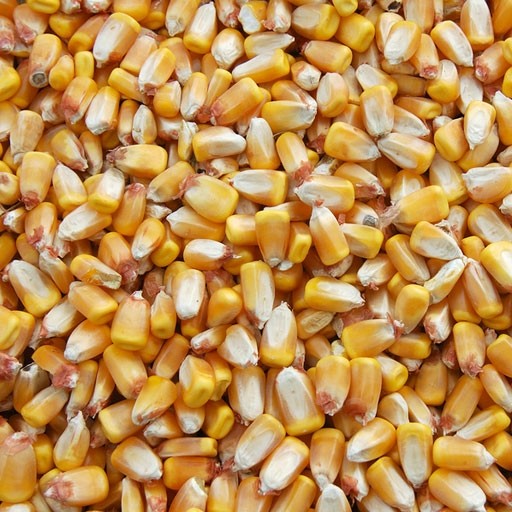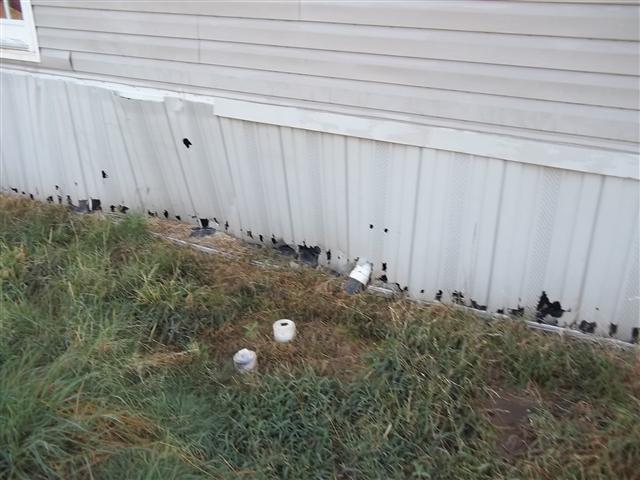Table of Content
If you don’t plan on purchasing land for your manufactured home, you can still finance the purchase with a bank or credit union lender, or possibly through help from the federal government. These programs are designed to help consumers get mortgages on manufactured homes, which account for 7% of the U.S. housing market. You’ve probably seen them when driving on the highway – they’re the homes with the flags and “wide load” signs.

Compared to traditional homes, they are decidedly less expensive. But contrary to that reputation, mobile homes are not necessarily “cheap” or worthy of being in a Hank Williams Jr. song. The state of the manufactured home art has come a long way. As for credit, the score requirement varies from lender to lender, but the minimum score that will qualify for an FHA loan is 580. If you’re buying the home without the land, the maximum is $69,687. If you don’t think you have the minimum credit score required, you can start working on your credit score.
What is your credit score?
USDALoans.com is a product of ICB Solutions, a division of Neighbors Bank. ICB Solutions partners with a private company, Mortgage Research Center, LLC (NMLS #1907), that provides mortgage information and connects homebuyers with lenders. Neither USDALoans.com, Mortgage Research Center nor ICB Solutions are endorsed by, sponsored by or affiliated with the U.S Department of Agriculture or any other government agency. ICB Solutions and Mortgage Research Center receive compensation for providing marketing services to a select group of companies involved in helping consumers find, buy or refinance homes.

The house must meet geographical requirements, but that doesn’t mean you have to live 20 miles from your nearest neighbor. About 97% of the U.S. land mass is USDA loan eligible, an area encompassing 109 million people. Bigger homes may not be eligible for some loans– Buying a double-wide home that costs $100,000 or more isn’t allowed in an FHA loan. – The loan will likely be for the home only, so you’ll need to either buy the land for it through another loan or rent some land through a mobile home community.
USDA Loan Restrictions
The “annual fee” was 0.50%, paid in twelve equal monthly installments. Leveraging a USDA property eligibility map is only the first step if you want to use these valuable loans in your homebuying journey. A home must be located in a “rural” part of the country to be eligible for USDA financing. To set these rural areas, the USDA factors in a community’s population, its proximity to a major metropolitan statistical area , and overall access to mortgage credit in the area. Though USDA loans are often referred to as rural housing loans, you don’t have to live in the country or purchase farmland to use them.

Any land outside the shaded areas on the map is fair game. The views and opinions stated on this site or links to other sites are intended for informational purposes only. The posted information does not guarantee approval, nor does it comprise full underwriting guidelines.
USDA Loan Financing Specialists You Can Trust To Hit Your Closing Date.
The certification must be site specific and contain the engineers or registered architect’s signature, seal and/or state license/certification number. To be an eligible unit, the new unit must have a floor area of not less than 400 square feet. Townhouses are also considered USDA eligible if they’re in the correct area. Because you technically gain ownership of the land beneath a townhome, you don’t have to have it approved by HUD. However, when it comes to property eligibility, things like barn structures and even too much land can stop a home from being eligible.
If you own the land under your manufactured home, you are in luck. Banks, credit unions and other lenders usually require you to own the land in order to get a mortgage. Financing a manufactured home or any other type of home is challenging, but it can be especially hard for anew homeowner. It’s no longer common for buyers to make a 20% down payment on the purchase price. Many public and private organizations help buyers who have less than 5% available for a down payment.
Let’s look at what these loans are, who qualifies for them and how a homebuyer can apply for one. With no down payment requirements, looser credit and income guidelines and affordable PMI rates, a USDA loan could save you thousands of dollars in the long term. Under this program, USDA guarantees 100% of the appraised value of the home and land. The program also helps lenders finance land costs, closing costs, site development, installation and setup costs for the home. It also allows lenders to obtain the loan note guarantee up front, creating more flexibility for both the lender and borrower. The upfront guarantee fee before the change was 2.75% of the loan amount, this was a substantial premium at the time.
The home must meet certain construction, design and efficiency standards. Though the term “mobile home” is still used, these single, double and triple-wide prefabricated homes are now referred to as manufactured homes and average from 1,000-3,000 square feet in size. And the look of these manufactured homes has come a long way – many have a modern appearance and have some of the features of newly-built homes. Photo courtesy of Skyline Homes.Both guaranteed loans and direct loans can be used to buy a manufactured home. (Unfortunately, manufactured homes don’t qualify for USDA home improvement loans.) Next, we’ll find out who’s eligible for these loans. Every year, the United States Department of Agriculture provides billions of dollars in loans that help people purchase their homes.
The applicant must live in an eligible rural area as determined by the USDA. Veterans and active US military may be eligible for a $0 down VA loan. Verify a property address and make sure it's in a USDA eligible area. USDALoans.com is not affiliated with or endorsed by the USDA or any govt. Visitors with questions regarding our licensing may visit the Nationwide Mortgage Licensing System & Directory for more information. Real Estate Tax – The home needs to be taxable as real estate under state law.

Property insurance is required on all loans secured by property. Working with the industry leaders at USDA Nationwide, we make it our goal to help you get the right loan, at the right rate, turning your modular or manufactured house into your perfect home. We will put your needs first and keep your best interest in mind at all times, our bankers work with you every step of the way. After you’ve confirmed eligibility on both points, it’s time to apply for preapproval with a USDA-approved lender.
For over 20 years, the team at USDA Nationwide has been helping clients throughout the US finance their manufactured homes. We put your needs first to help you understand the USDA Rural Loan process. With generally lower interest rates than FHA & Conventional financing, requiring zero money down, you can rest easy about your decisions and feel confident in having us on your side. If you own the land, financing a manufactured home is fairly similar to financing a traditional home. You’ll need a credit score in the mid-600s, a down payment of 10%-to-20% (as low as 3.5% with an FHA loan), and income that is roughly one-third the mortgage.
You are also allowed to finance 100% of the home’s appraised value. Housing assistance programs began in the New Deal era when the government wanted to provide better homes for the rural population. The programs were administered by the USDA because the programs were geared toward on-farm housing.

No comments:
Post a Comment